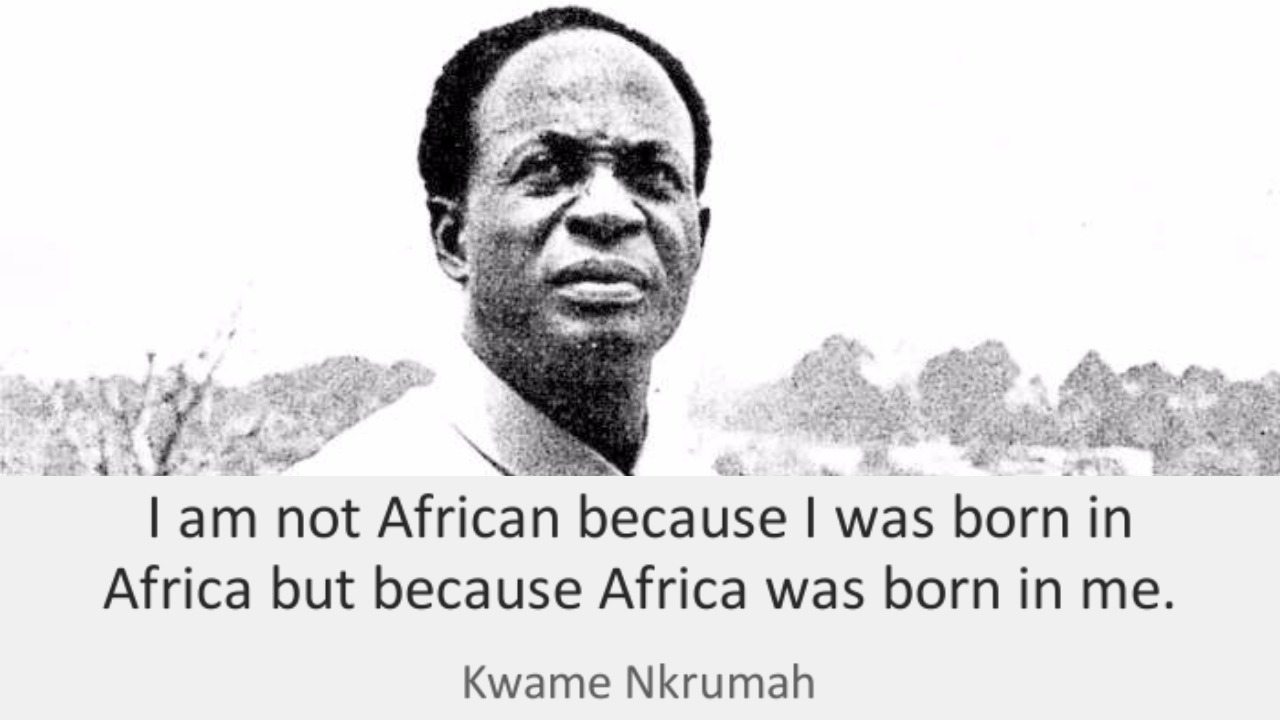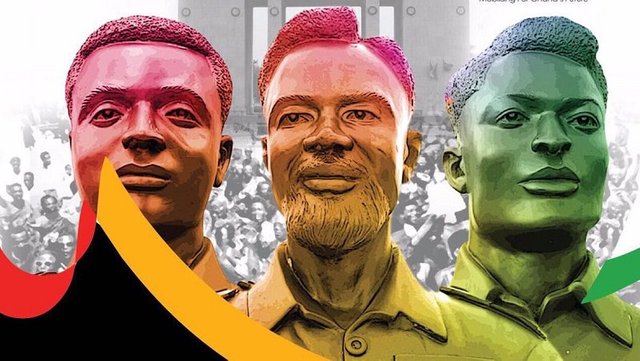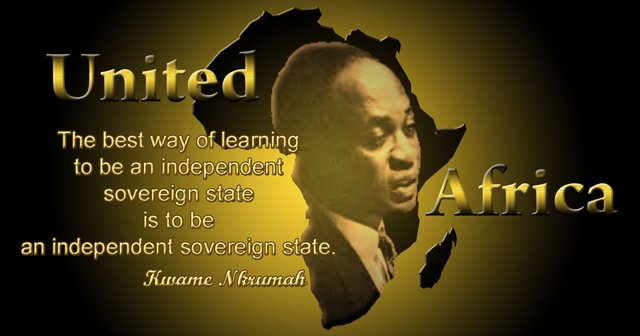TODAY IN THE HISTORY OF GHANA: Heroes Gunned Down in the capital City.
1948 Accra Riots
Read
The Accra Riots started on 28 February 1948 in Accra (capital of present-day Ghana, which at the time was the British colony of the Gold Coast), after a protest march by unarmed ex-servicemen was broken up by police, leaving several leaders of the group dead. Among those killed was Sergeant Nii Adjetey, who has since been memorialized in Accra. In January 1948, the Ga chief Nii Kwabena Bonne II had organized a boycott of all European imports in response to their inflated prices, and the 28 February incident is considered "the straw that broke the camel's back", marking the beginning of the process of independence for the Gold Coast as Ghana - the first African colony to achieve this.
The ex-servicemen were veterans of World War II, members of the Gold Coast Regiment, who were among the most decorated African soldiers, fighting alongside British troops in Burma. They had been promised pensions and jobs after the war; however, when they returned home, jobs were scarce and their pensions were never disbursed. Their march on 28 February 1948 was a peaceful attempt to bring a petition to the Governor of the Gold Coast requesting the dispensation of promised pensions and other compensation for their valiant efforts during the war. As the group marched toward the Governor's residence at Christiansborg Castle, they were stopped and confronted by the colonial police, who refused to let them pass. The British Head of Police, Superintendent Imray, ordered his subordinate to shoot at the protesters, but the man shot into the air. Frustrated, Imray grabbed the gun and shot into the crowd, killing three former soldiers: Sergeant Adjetey, Corporal Attipoe and Private Odartey Lamptey. Apart from the three fatalities, a further 60 ex-servicemen were wounded.
In response to this violence, the population of Accra erupted into five days of rioting, in which both Asian and European-owned stores and businesses were looted and more deaths occurred. By 1 March, the Governor had declared a state of emergency and a new Riot Act was put in place.
The British colonial government set up the Watson Commission, which examined the circumstances surrounding the riots, and paved the way for constitutional changes that eventually culminated in Ghana's independence.
The immediate aftermath of the riots included the arrest on 12 March 1948 of "the Big Six" - Kwame Nkrumah and other leading activists in the UGCC party (namely Ebenezer Ako-Adjei, Edward Akufo-Addo, J. B. Danquah, Emmanuel Obetsebi-Lamptey, and William Ofori Atta), who were held responsible for orchestrating the disturbances and were detained, being released a month later. The arrest of the leaders of the UGCC raised the profile of the party around the country and made them national heroes. The Watson Commission reported that the 1946 constitution was inappropriate from the start, because it did not address the concerns of the natives of the Gold Coast. It also recommended that the Gold Coast be allowed to draft its own constitution. A 40-member committee was set up to draft a constitution, with six representatives of the UGCC. The governor excluded "radicals" such as Kwame Nkrumah, among others, from the constitutional drafting committee for fear of drafting a constitution that would demand absolute independence for the colony.

Source
By 1949, Nkrumah had broken away from the UGCC to form the Convention People's Party, (CPP), with the motto "Self-government now", and a campaign of "Positive Action". Nkrumah broke away due to misunderstandings at the leadership front of the UGCC. On 6 March 1957, the country achieved its independence and was renamed Ghana, with Nkrumah as its first President.



This post has received a 33% upvote from spotlight thanks to: @resteemable.
Great lesson in African history